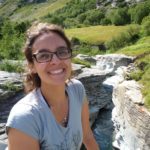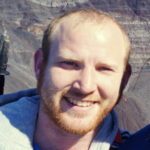2022 12:19274
Since the beginning of the SARS-CoV-2 coronavirus pandemic, genome sequencing is essential to monitor viral mutations over time and by territory. This need for complete genetic information is further reinforced by the rapid spread of variants of concern. In this paper, we assess the ability of the hybridization technique, Capture-Seq, to detect the SARS-CoV-2 genome, either partially or in its integrity on patients samples. We studied 20 patient nasal swab samples broken down into five series of four samples of equivalent viral load from CT25 to CT36+. For this, we tested 3 multi-virus panel as well as 2 SARS-CoV-2 only panels. The panels were chosen based on their specificity, global or specific, as well as their technological difference in the composition of the probes: ssRNA, ssDNA and dsDNA. The multi-virus panels are able to capture high-abundance targets but fail to capture the lowest-abundance targets, with a high percentage of off-target reads corresponding to the abundance of the host sequences. Both SARS-CoV-2-only panels were very effective, with high percentage of reads corresponding to the target. Overall, capture followed by sequencing is very effective for the study of SARS-CoV-2 in low-abundance patient samples and is suitable for samples with CT values up to 35.






